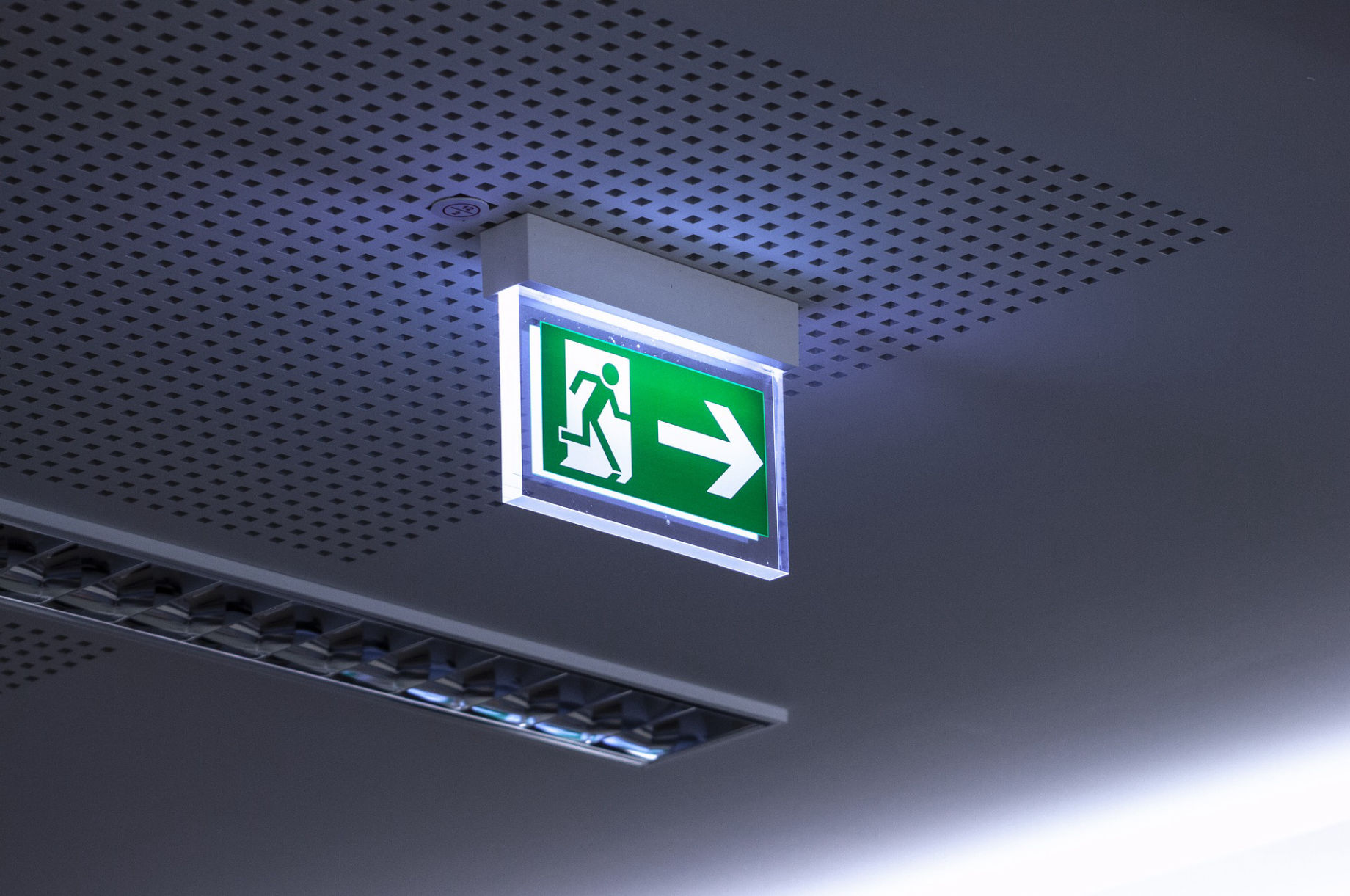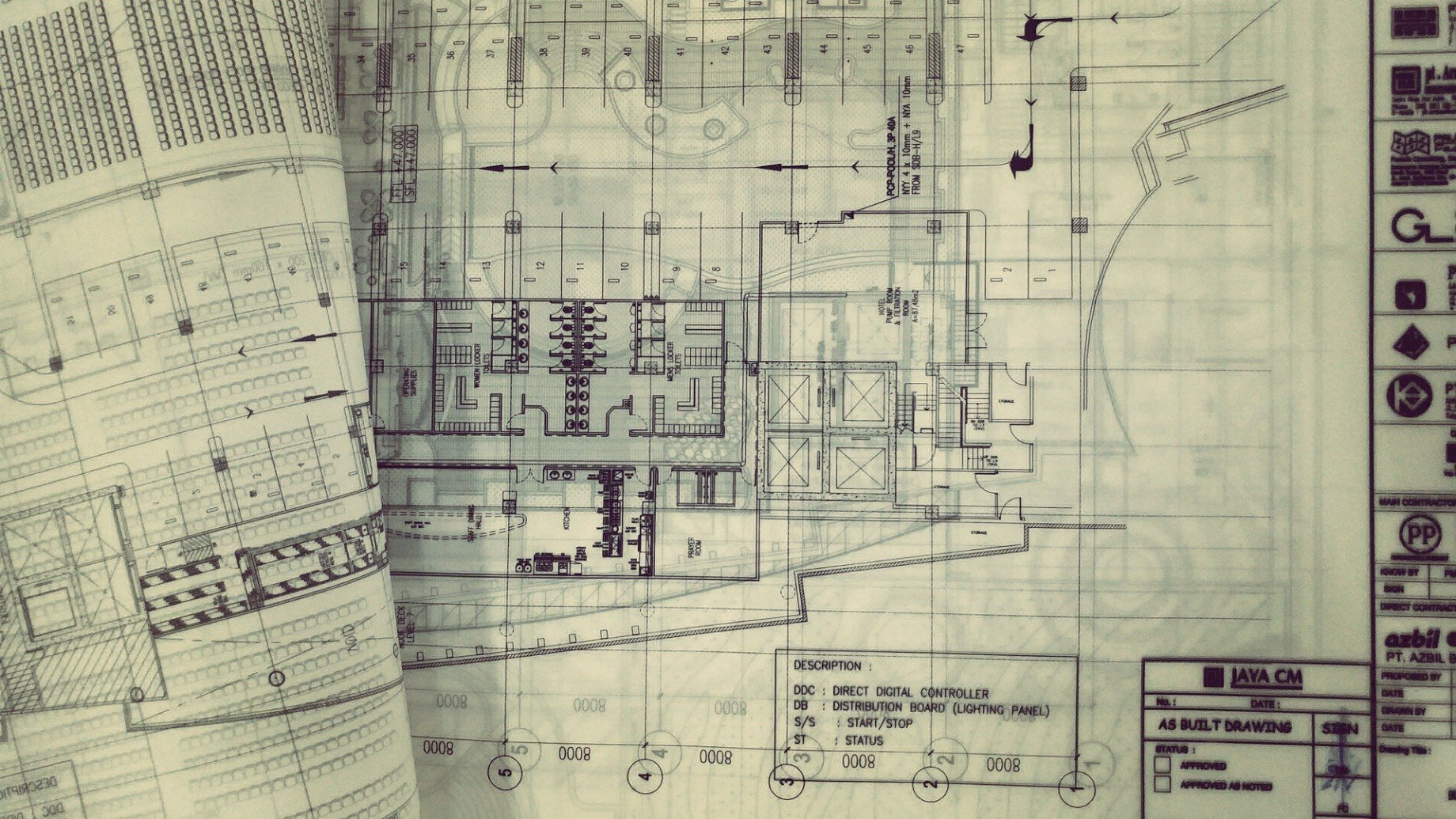
A Fire Risk Assessment is a legal requirement.
If you are responsible for a building, for example, Employer, Owner or Occupier of premises that are not a single private dwelling / private home, you need to make sure a suitably competent person completes a Fire Risk Assessment. It is your responsibility to identify fire risks and hazards in your premises and take appropriate action. In addition, if five or more people work at your premises or your business has a licence under enactment in force, you’ll need your fire risk assessment to be a written record.
Make sure you review your risk assessment regularly and whenever significant changes have been made that would have an impact on it. It’s good business sense as well as a legal requirement, often businesses don’t recover after a fire, and effective fire prevention starts by properly understanding the risks.

Larger more complex premises, perhaps where there are multiple purpose groups or a high number of different building uses or tenants, a higher level of assessment may be necessary. It may require a deeper analysis of the effectiveness of fire safety systems provided and may need to take into account limitations a buildings design may present.

The Regulatory Reform (Fire Safety) Order 2005 places the legal responsibility with the Responsible Person (the person having control of the building) to ensure that fire safety devices are correctly maintained and fit-for-purpose.
Just as any other product that has been designed to save lives, fire doors need to be inspected often to make sure they are functioning properly.
Fire doors are a critical component of compartmentation, and the safety of building users. Their design and installation is integral to restricting the spread of fire and smoke, buying valuable evacuation time and assisting fire fighting.
Defective doors may drastically change the safety of a building, regular inspection is imperative.

Passive fire protection measures are intended to contain a fire in the fire compartment of origin, therefore limiting the spread of fire and smoke for a limited period of time. It is built into the structure of a building to safeguard people’s lives and limit the financial impact of damage to buildings and their contents, by containing fire and smoke in the compartment or area of fire source. It can protect means of escape and defend the structure of the building.
Passive fire protection measures include, fire stopping and the closing of compartment penetrations made by pipes, cables and other building services. Fire resisting ductwork, structural protection, glazing, compartment walls and ceilings, fire resisting shafts and ductwork.
Regular inspections are recommended to ensure all measures perform as designed and installed.

A fire strategy is a complex document specifically tailored to a building, reviewing all aspects of the building’s fire safety features, including management arrangements in place to ensure it is fit for use for the end user of the premises or intended purpose group. Approved documents are used predominantly as guidance for achieving the requirements of the Building Regulations for new residential and commercial buildings. However, they are not lawfully enforced, unlike the Building Regulations. Alternatively, associated approaches may be used such as that described in BS 9999, or a fire engineered approach in developing a fire strategy for a premises.
Where a building is erected or extended, or has undergone a material change of use, Regulation 38 of the Building Regulations requires that a package of fire safety information must be assembled and given to the responsible person of the premises. A fire strategy is commonly used as a means for collating and providing that information - albeit in many circumstances such information is sadly not provided. More enlightened building owners, given the recommendations made in the post Grenfell, Hackitt Review, are now commissioning retrospective strategies to address this lack of information.
Fire strategies address fire safety provisions essential for means of escape, fire detection and early warning systems, internal fire spread and compartmentation, passive fire protection, external fire spread and measures for the fire and rescue service to effectively fight fire.

The Grenfell Tower disaster has brought the construction of external wall systems and cladding materials to the forefront of fire safety concerns. The development and use of the EWS1 form has caused a great deal of confusion and distress in terms of sales of flats, insurances and valuations.
D R Davis Fire Solutions can offer advice in regards to external wall systems, and can create reports that support the negate the need of an EWS1 form. This includes the analysis and inspection of specified external wall materials and systems. The guidance written for the need for EWS1 forms will be referred to and advice given in relation to a specific building individually.

A fire emergency evacuation plan (FEEP) is a written document which includes the action to be taken by all staff in the event of fire and the arrangements for calling the fire brigade. It can include any relevant information in relation to the FEEP.
For small premises this could take the form of a simple fire action sign posted in positions where staff and relevant persons can read it and become familiar with its contents.
High fire risks or large premises will need more detailed emergency evacuation plan which takes account of the findings of the fire risk assessment, the staff and whether they are significantly at risk.
Effective evacuation plans may need to take into account any disabled buildings users. In these situations a personally emergency evacuation plan (PEEP) may need to be written for each specific building user.
Evacuation plans should be created hand in hand with effective staff training and the implementation of designated fire wardens.

D R Davis Fire Solutions are able to assist with the design of specific fire protection systems that may be required in either new building construction, extensions or conversions.
Our services extend to fire alarms, sprinklers, ventilation and extraction, passive fire systems and fire doors.

It is a requirement by law to provide training to employees about fire precautions in the workplace.
(The Regulatory Reform Fire Safety Order 2005)
Fire safety training is an important legal requirement for the safety of your staff, customers or anyone in your building. Every business has a risk of a fire occuring so you need ensure that all staff are up to date on your fire procedures and how to react.
Fire safety training teaches those responsibly the risk of a fire in developing your premises, how it could happen and the different types of equipment to deal with that risk, what to do when a fire is identified and how to evacuate safely.
All employees and new staff should be trained how to react in the event of a fire.
A designated Fire Warden or Marshall needs be appointed and given more detailed training on how to react during fire emergeny situations.